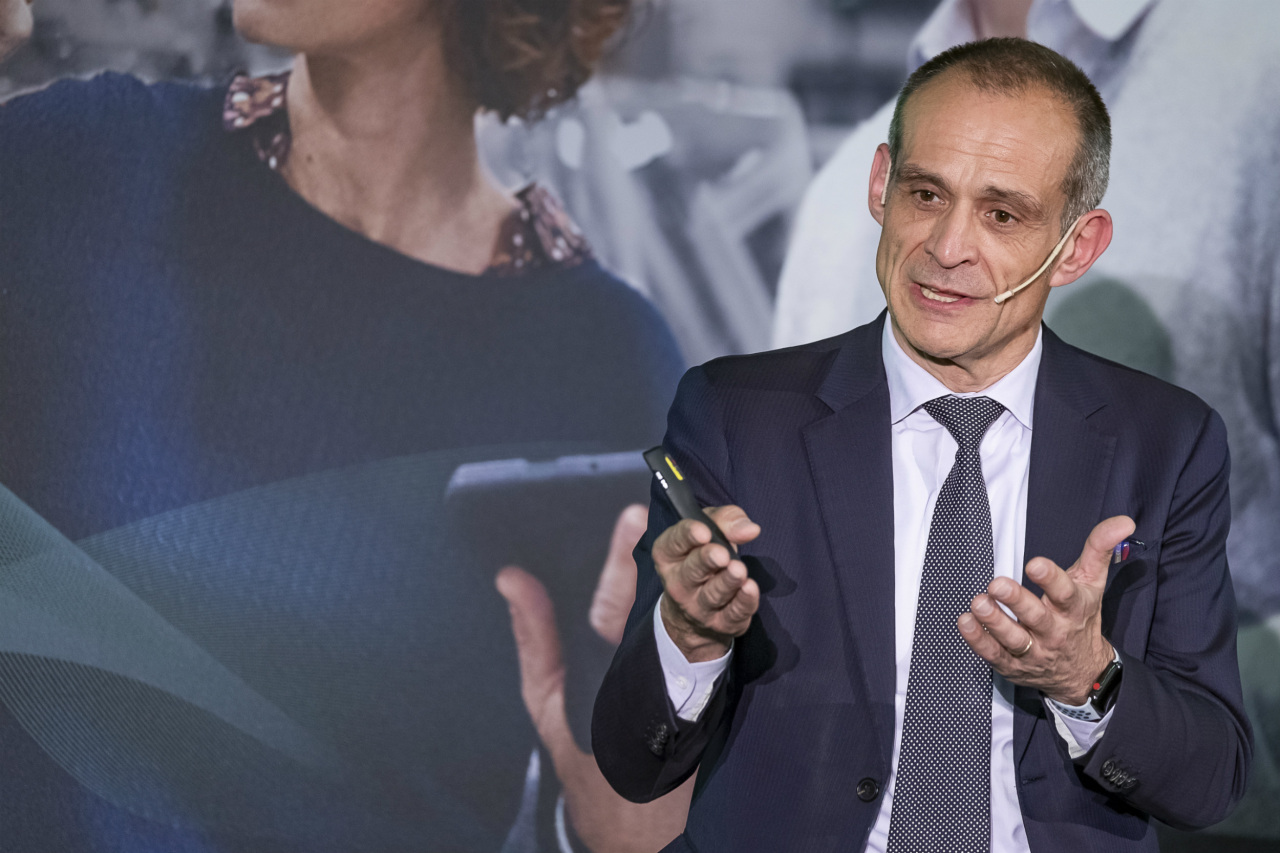SINGAPORE -- Roughly 30 percent of France-based Schneider Electric’s revenue came from the Asia-Pacific region in 2018. Another 30 percent came from North America and Western Europe, respectively, with the portfolio ranging from voltage distribution products to solutions for automation, energy storage and smart building infrastructure.
Behind the firm’s global clout is its ability to make use of local resources and meet local demands, a quality that is also playing out in South Korea, said Jean-Pascal Tricoire, CEO and Chairman of Schneider Electric, in a recent interview with The Investor during Aveva World Summit 2019 in Singapore.
“As (Schneider Electric) is going international, we need to make sure of the use of local resources, because there will be more pressure when we go forward for localization,” Tricore said.
 |
Schneider Electric Chairman and CEO Jean-Pascal Tricoire (Schneider Electric) |
Headquartered in Rueil-Malmaison, a suburban town west of Paris, Schneider Electric has been open to various localization efforts through mergers, acquisitions and joint ventures.
In Korea, Schneider Electric announced in September last year that it would create a joint venture with KTE, a Busan-based electrical panel maker dedicated to vessels and power plants.
The launch of Schneider-KTE, maker of smart voltage switchgears, is aimed at addressing demands from Korean corporate clients such as builders of energy-consuming plants and smart buildings.
“More local customers are asking for local contents,” Tricoire said. “We are operating on the local base (in Korea), and therefore we can provide Korean integrators on EPCs with a lot of local contents.”
Schneider Electric also boosted its presence in the Korean market by making use of local resources -- acquiring Korean electronic overcurrent relay maker Samwha EOCR in 2002, decades after it launched operations in 1975.
Being a multinational firm, Schneider Electric has a sales network that allowed Schneider Electric Korea’s EOCR products to reach out to sales channels of over 20 countries.
“Korea is a big exporter and companies are going global,” he said. “We are a natural partner for Korean firms because we operate globally.”
There are signs that Korea will be in the spotlight for Schneider Electric’s expansion scheme, given “obvious places” of the Korean industry where the company has collaborations for industrial digitization, he said.
Moreover, Korea is likely to be the next destination for Schneider Electric’s smart factory -- which already operates in countries like US, Mexico, China, France, India, Indonesia, and the Philippines -- as Korea’s EOCR production line in Iksan, North Jeolla Province, adopted a modular production system in 2013.
This comes in line with the nation’s initiative to create 30,000 smart factories and 10 smart industrial zones by 2022, by injecting 2 trillion won ($1.7 billion).
When asked about his views on the government-led initiative, Tricoire said, “I think it is great that the government is encouraging the digitization of industry and innovation of the industry. We are not directly dealing with the government, but operate directly with customers in Korea.”
By Son Ji-hyoung
(
consnow@heraldcorp.com)






![[Exclusive] Hyundai Mobis eyes closer ties with BYD](http://res.heraldm.com/phpwas/restmb_idxmake.php?idx=644&simg=/content/image/2024/11/25/20241125050044_0.jpg)
![[Herald Review] 'Gangnam B-Side' combines social realism with masterful suspense, performance](http://res.heraldm.com/phpwas/restmb_idxmake.php?idx=644&simg=/content/image/2024/11/25/20241125050072_0.jpg)
